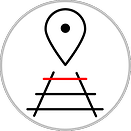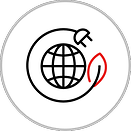
NHM-Codes
To simplify logistical tasks, all types of goods are provided with their own clear NHM code. We will help you to determine the correct code.
With NHM-Codes (NHM = „Nomenclature Harmonisée Marchandises – Harmonised Goods Directory“) every individual type of good can be clearly assigned. If you do not yet know the NHM code of your transport good or do not have it to hand, you can find it using our NHM code search.
You will quickly find the relevant code using the goods sector, goods group and goods type. Vice versa, it is possible to assign the type of goods by inputting the code. The search function is available in 21 languages.


